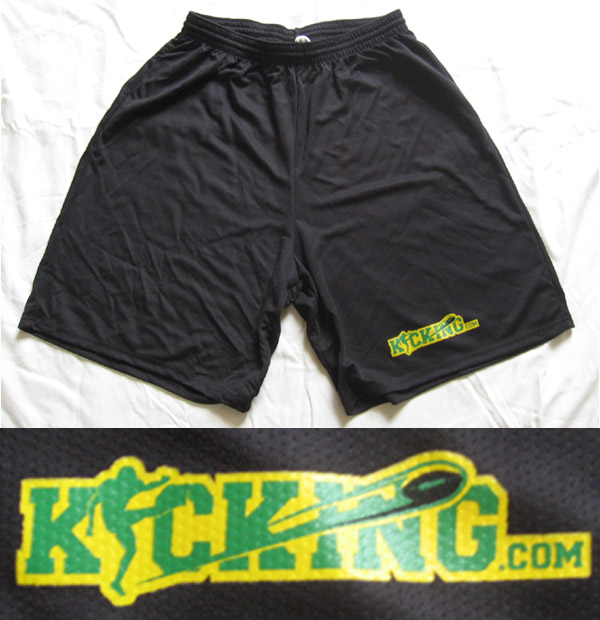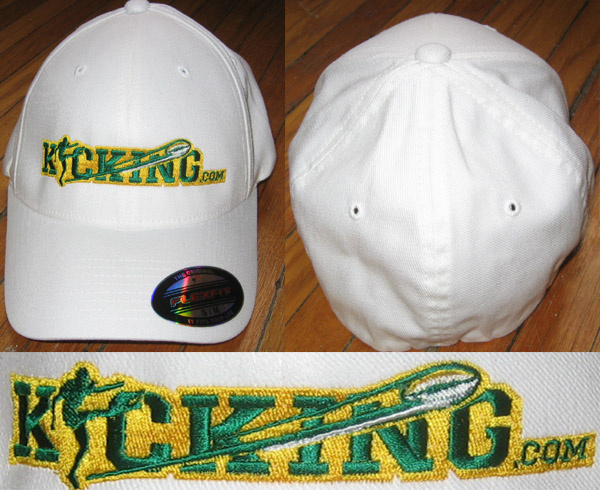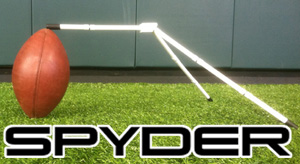|
GUEST EXPERT ARTICLE
History -- As field goal percentages at the pro level have risen in the last 15 years, the approach angles the kickers use have become narrower and the distances shorter.
Soccer-style kicking took the sport by storm in the 1960s because it utilized torque to generate additional power. Ironically, it wasn't until kickers began to "harness" their torque that the soccer-style kicker's field goal percentages soared into the mid- and high 90s. Coaches like Ray Pelfrey were onto something: If you could manage to distribute your center of mass up the field (instead of spinning in place on the follow-through), accuracy and consistency would improve dramatically.
Statement of the Problem -- When the kicker's approach works in a lot of torque, it opens them up to several pitfalls. One is the amount of speed generated. When kickers "cut" off their instep in driving to the ball, they are not taking the most direct path possible. Second, their weight at address (hips open too early) is distributed too far to the left to take a proper, inside swing path. They may also open their plant foot toe to the left. And third, the resulting spinning follow-through prevents them from moving their weight up the field.
These problems are sometimes also aggravated by the approach being too long. In this instance, it's harder for the kicker to stay light on his plant foot to skip through the ball. A long, lunging drive step makes the kicker "stick and spin", so that mass is not distributed up field, but around to the left while in place. Regarding distance, the effect is that impact is made on a tangent, or with a glancing blow. The kicker is not holding his weight over the ball long enough during the swing.
Solutions -- The narrower the approach angle, the better. If the kicker uses 3 X 2 steps, the two steps over should be softer, as should the shorter steps back. One way to find the correct spot is to run the approach backwards.
Place a tee on the ground. Have the kicker reverse left heel and toe position in the proper plant location next to the tee. Taking the narrowest angle comfortable, have him run the approach at 80% speed, staying tall and reducing the length of the drive step. Mark the heel and toe locations where his plant foot lands. Have the kicker put his left foot in that location facing the ball, feet together. He then takes the number of steps over. Make sure he feels the softer steps needed to land directly behind the ball. He then takes the number of steps up, using the length of the foot to interpolate any extra distance to the tee. These are your kicker's new steps. Use masking tape or spray paint to help him rehearse these.
There are additional adjustments to be made when positioning the kicker tighter to the ball. They mainly involve shoulder and foot position and movement.
The kicker's shoulders should be kept level at all times. During my conversation with Phil Dawson of the Cleveland Browns, he likened this to carrying "trays of water" on each shoulder. The same level shoulder position and tall posture should be promoted throughout the approach and kick. This ensures that the hips do not "dip" along with the shoulders, which creates a change of swing path that causes the kicker to "muscle" the ball.
In addition, the shoulders should be positioned (aimed) outside the ball, or at the plant location 10" left of the ball. If the kicker's shoulders are positioned outside in his stance and approach, they will stay inside longer at address and impact, greatly increasing the use of body mass on the kick (if the shoulders are positioned inside, at the ball or the holder, they'll fly open early). Regarding shoulder position, the kicker should think, "outside, outside, outside, inside."
In his stance, the kicker's feet should also be pointing at his plant location. This necessitates another key adjustment, the crossover step. After the jab step (with the left or front foot for right-footed kickers), the right foot should be placed in direct line with the plant location, using the ball of the foot rather than the instep. This prevents the kicker from "cutting" off his kicking foot and creating too much torque.
The shortness of the new approach does several things. First, it promotes the tall posture on the approach and kick (needed to get proper extension/leg lock) because the kicker isn't driving the ball as much. Secondly, It lets the kicker find a rhythm and take a smoother stroke at about 80% power. This promotes proper timing between protagonist and antagonist muscles during the swing. Third, it reduces the amount of counterbalance necessary so the kicker can hold torso position for consistent ball striking. Learn more about Paul Perrone >>> |

 Proper Approach Angle and Distance
Proper Approach Angle and Distance


 Doug and Tommy's Frequently Asked Questions
Doug and Tommy's Frequently Asked Questions




